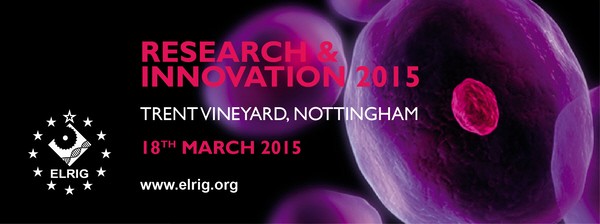Discussion
Toxicity is the main cause of attrition in the Drug Discovery (DD) process today and can be seen on two specific cell types: cardiomyocytes and hepatocytes. Over the years, one challenge for pharmaceutical companies has been to be able to determine compound toxicity in the early stages of DD in order to avoid additional cost in compound development and improvement. Since their first discovery in late 2007, iPS derived cells represent one of the few cases where DD has taken to novelty so fast. These cells allow researchers to obtain plurlpotent stem cells without using embryos, thus avoiding critical ethical issues. It comes as no surprise, considering the massive demand, that the first commercially available iPS derived cells were cardiomyocytes. With cells easily available in high quantity and independently from donars, cardiotoxicity can be assessed much more early in the DD process and in some companies is now part of the secondary screening phase. Furthermore, researchers do not have to limit themselves to the very low throughput of functional assays or electrophysiology but now have access to high throughput fluorescence based methods as a first broad-range screening.
We present here a study made by Axiogenesis with Hamamatsu FDSS kinetic plate readers equipped with a high-speed camera, an integrated dispenser head and temperature control, allowing for detection of fast calcium signals under physiological temperatures. We have used cryopreserved hiPS-derived Cor.4U® cardiomyocytes in 384 well plates to optimise assay conditions and to detect changes in calcium transients induced by cardiac ion channel modulators. Using hiPS-derived Cor.4U® cardiomyocytes precultured for 3 – 5 days in 384 well plates, stable (Ca²âº), signals were measured over 35 min and the effect of more than 30 compounds on (Ca²âº), translents in human iPS derived cardiomyocytes were detected and analysed.

